Do you find yourself drinking more these days? Life has been hard and it’s not surprising people are turning to happy hour to help lift spirits and get through challenging times. Over these past few years, we have experienced stress and unease like never before, and have struggled to adjust and adapt on a daily basis. It’s enough to drive anyone to drink.
But, the statistics are eye-opening – especially for women – and it’s worth opening the conversation.
During the pandemic, retail alcohol sales increased 54 percent while online sales jumped 262 percent. A September 2020 RAND Corporation survey determined that alcohol consumption had increased 14 percent in adults 30+, with the number of women drinking heavily up 41 percent!1
I’ll admit that I am one of them. And while the return of normalcy inspires a return to healthier habits, our new found freedom also presents long-awaited opportunities to raise a glass to old friends and togetherness.
Seeking encouragement, I thought I’d do a little research and speak with the experts to share insights and resources to help us transition through it all.
We’ve been languishing
Over these past few years, many have felt an overwhelming sense of joylessness. Uncertainty in just about everything has left us feeling aimless and without a strong sense of purpose.
In his New York Times article, “There’s a Name for the Blah You’re Feeling: It’s Called Languishing,” psychologist Adam Grant says languishing may be the dominant emotion of 2021. He describes it as the neglected middle child of mental health; the void between depression and flourishing, the absence of well-being. “It’s a sense of stagnation and emptiness. It feels as if you’re muddling through your days, looking at your life through a foggy windshield.” You don’t have symptoms of mental illness, but you’re not the picture of health either. “You’re not functioning at full capacity. Languishing dulls your motivation, disrupts your ability to focus, and triples the odds that you’ll cut back on work.”
The Wharton School professor introduces us to the “progress principle,” which states that of all the things that can boost emotions, motivation and perceptions during a workday, the single most important is making progress in meaningful work. There was certainly a lack of progress and meaningful work in our day-to-day lives during the pandemic. It’s understandable that for many, happy hours filled the void.
Young women are part of the mix
“Even before the pandemic, studies were showing an increase in alcohol use, especially amongst women, with the biggest increase in those ages 25-35,” says Tess Voss, vice president of the Hazelden Betty Ford Foundation’s California Region and administrator of the Betty Ford Center. Experts feel social media plays a significant role. “We’ve seen a trend towards socially acceptable or popular drinking online, such as influencers talking about ‘mommy wine time,’ that have really promoted the acceptance of drinking to that age group.”
During quarantine, social media was our connection to the outside world. We all enjoyed funny cocktailing videos or Zoom happy hours that uplifted our days and helped us feel less alone.
Life in a resort community
“Drinking is a big part of our desert’s social life,” says certified addiction specialist Wendy Myers, LAADC of Sage Recovery. Events and idyllic conditions attract tourists of all ages and more and more are moving here – primarily for the lifestyle. “Many are transitioning into retirement or may be newly empty nesters and the adjustment in figuring out what they want to do with their time can lead to increased alcohol consumption,” she says, “and social activities inviting you to indulge are everywhere, from country clubs to galas, from restaurants and bars to casinos.” She adds that finding a renewed sense of purpose in your daily life can be the shift that helps people embrace a healthier path. “Many can do it on their own, while others may need assistance.”
Limiting alcohol, not the lifestyle
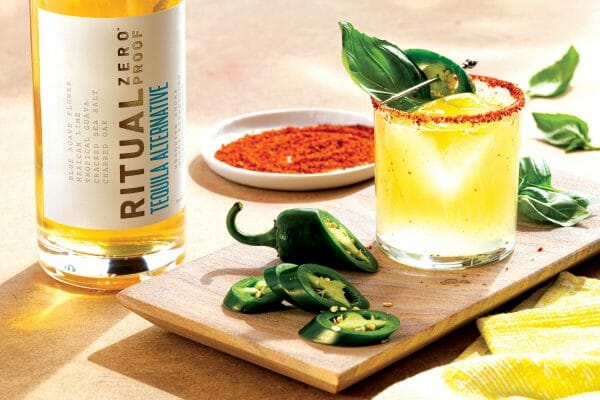
“There are ways to explore a healthier life and a healthier relationship with alcohol use,” says Voss. This appears to be a trend with younger generations. In a 2016 global survey conducted by Heineken, 75 percent of adults 21-35 (millennials) said they maintain control and limit drinking on the majority of nights out.2 And Gen Z (the following generation) is drinking over 20 percent less per capita than millennials who also drank less than baby boomers and Gen Xers did at the same age.3
Some cool things are emerging as the younger generation re-examines their use of alcohol, says Voss, siting the popularity of Dry January (refraining after the holidays) and the growth in popularity of mocktails (alcohol free cocktails) which are now featured on many menus throughout the valley.
Capitalizing on the trend, young entrepreneurs and established companies are both launching new social beverages that mimic liquor without the alcohol. Natural ingredients are used to create distilled non-alcoholic spirits, spice and herb-infused “social tonics,” even botanicals to de-stress and relax you, and many are sugar-free, another trend of the younger generation.
“We’re taking what [the traditional alcohol industry] has done well, and starting a new way to facilitate feeling, rooted in consciousness and creativity,” said Jen Batchelor, founder of Kin Euphorics in an interview with Well + Good. Their functional beverages are infused with adaptogens (healthy plants), nootropics (natural brain boosting substances) and botanicals. “The combination gives a more relaxed feeling and a little lower inhibition, but the effects only last about 45 minutes.”
Reviews are positive and consumers like how it “chills you out without knocking you out.” (See more in our Eat, Drink & Be Healthy column).
When is alcohol a problem?
We often think of problem drinking based solely on the quantity consumed, but that is not the case.
“Everyone we work with [at the Betty Ford Center] uses substances differently and at different frequencies,” says Voss, “but what is common are the consequences they have experienced. They are using more than they planned, are seeing difficulties in their relationships and are acting outside of their values no matter what the quantity is.”
Myers adds that other signs may include increased tolerance, personality changes, losing interest in things you used to enjoy and trying to set bargains with yourself (i.e., I’m not going to drink until 5 p.m., but starting at 3 p.m.). “If there are issues with your social environment, family, work or financials, it is best to first be honest with yourself.”
“In attempting to define a problem, we encourage people to ask themselves if they are doing things that don’t align with their values, which they regret,” recommends Voss. “Or, if you consistently have more than you planned and are sick and tired of feeling sick and tired.”
“There is a myth we need to bust,” she adds. “Many believe that you need to hit rock bottom before seeking help, but that is not the case. You don’t need to get arrested, or lose family members or your job before making the decision to reach out.” Substance use disorders occur on a mild to moderate to severe continuum with predictable trajectory, she explains. “Therefore, if people start to see signs, its best to reach out for help sooner than later.”
There is also a self-assessment quiz available online called the Alcohol Use Disorders Identification Test or AUDIT, an anonymous tool that can be used as a benchmark for your drinking habits.
What does help look like today?
“What we want people to know is that when you are struggling with substances, you often feel that you are alone,” says Voss, “but there are millions of people going through the same thing. And there are also millions in recovery who live a very full and joyful life.”
As we know, alcohol is the most accessible, affordable and socially accepted substance to use. It is also the leading substance for those seeking services at the Betty Ford Center. “We see that, with 90 percent of our patients, alcohol use is part of their substance use story.”
But help also looks different today. “Some people will do just fine with a virtual support group or telehealth and others need to come into a residential facility,” she adds. “There are many individualized options based on the severity of use.”
Myers has seen an uptake in telehealth counseling individually and via groups, which allow you to remain anonymous if you choose (a big hurdle for many). “A support system can help you understand why you may be drinking unhealthfully and to identify a greater purpose or connection that is more important than that next drink.” She recommends counseling, Alcoholics Anonymous, Refuge Recovery (meditation based) and support groups.
Writing this piece was eye-opening, yet also comforting. It’s good to have the conversation and I hope you find the information resourceful. Whether you are inspired by these new trends and ready to cut back, or ready to change your trajectory with support from others, know that your new path awaits, and you are not alone.
Resources Referenced:
Wendy Myers, LAADC, CADC-II, ICADC, LMHC, Sage Recovery (760) 530.6030; wendy@sagerecoveryservices.com. www.sagerecoveryservices.com
Hazelden Betty Ford Foundation, (877) 502.3218. www.hazeldenbettyford.org
Lauren Del Sarto is founder/publisher or Desert Health. For more from Lauren, check out her blog “It’s All About Balance.”
References: 1) Rand Survey: https://jamanetwork.com/journals/jamanetworkopen/fullarticle/2770975; 2) https://www.theheinekencompany.com/newsroom/moderate-alcohol-consumption-becoming-the-new-cool-among-millennial-consumers/#_ftn2; 3) https://www.businessinsider.com/millennials-gen-z-drinks
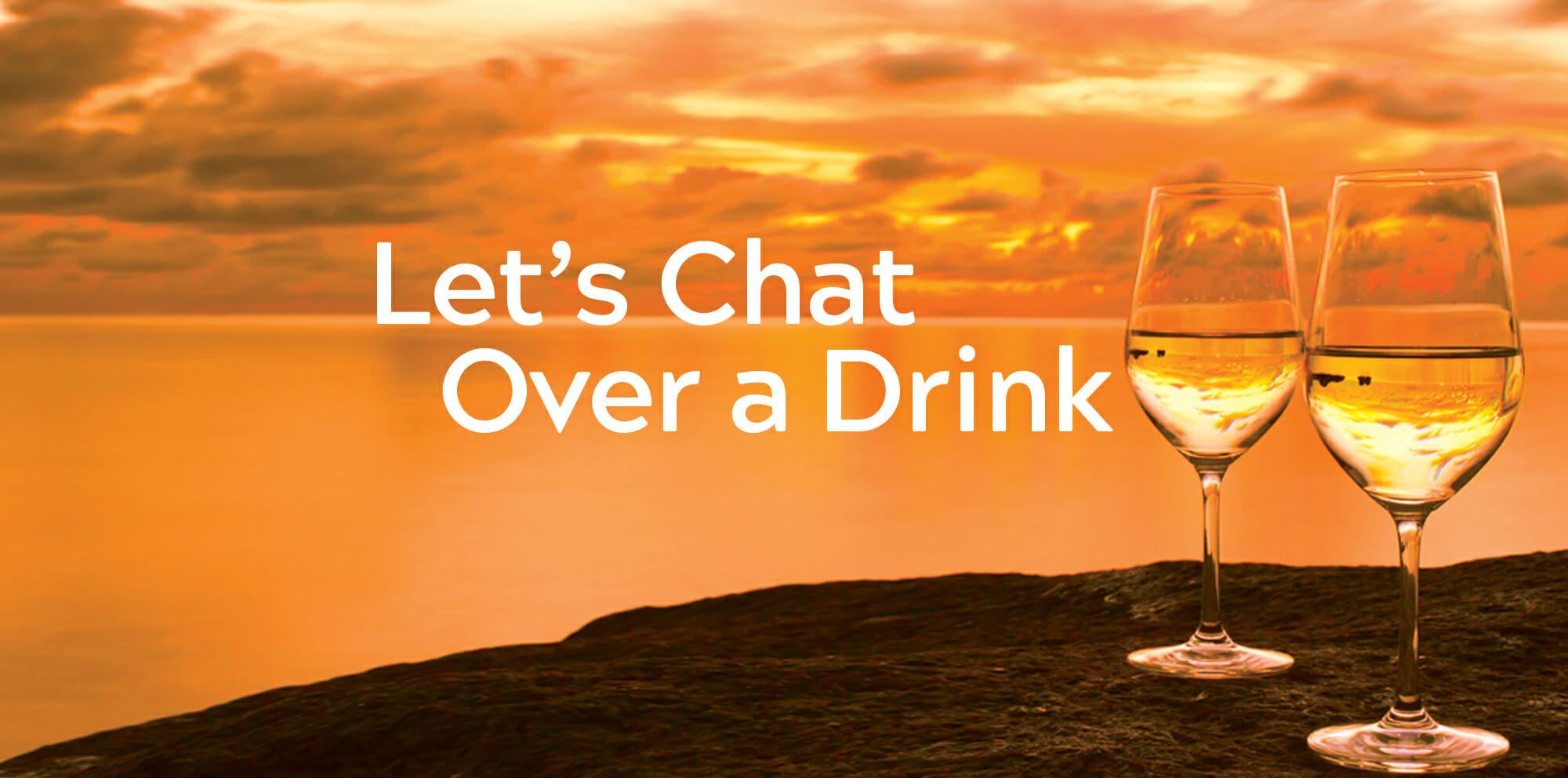




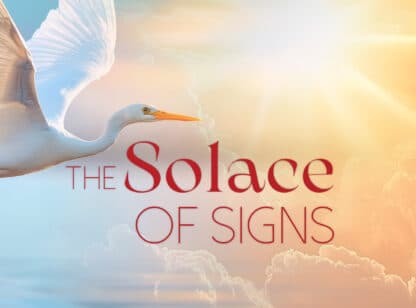

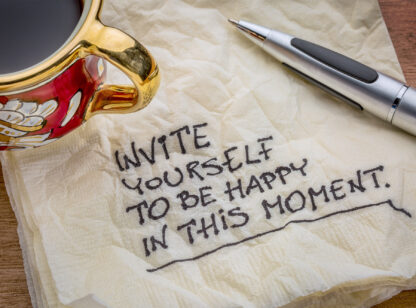
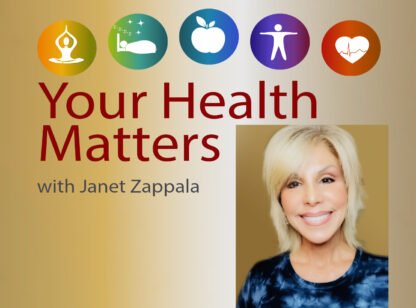

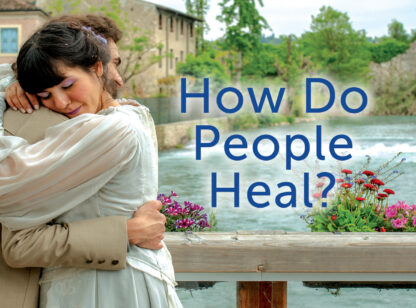








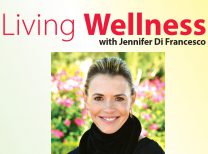

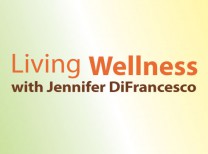
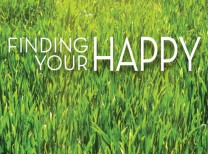




























Comments (0)